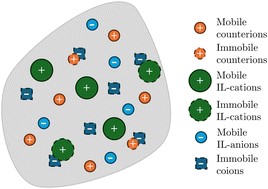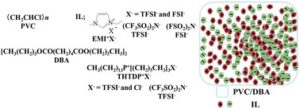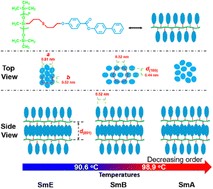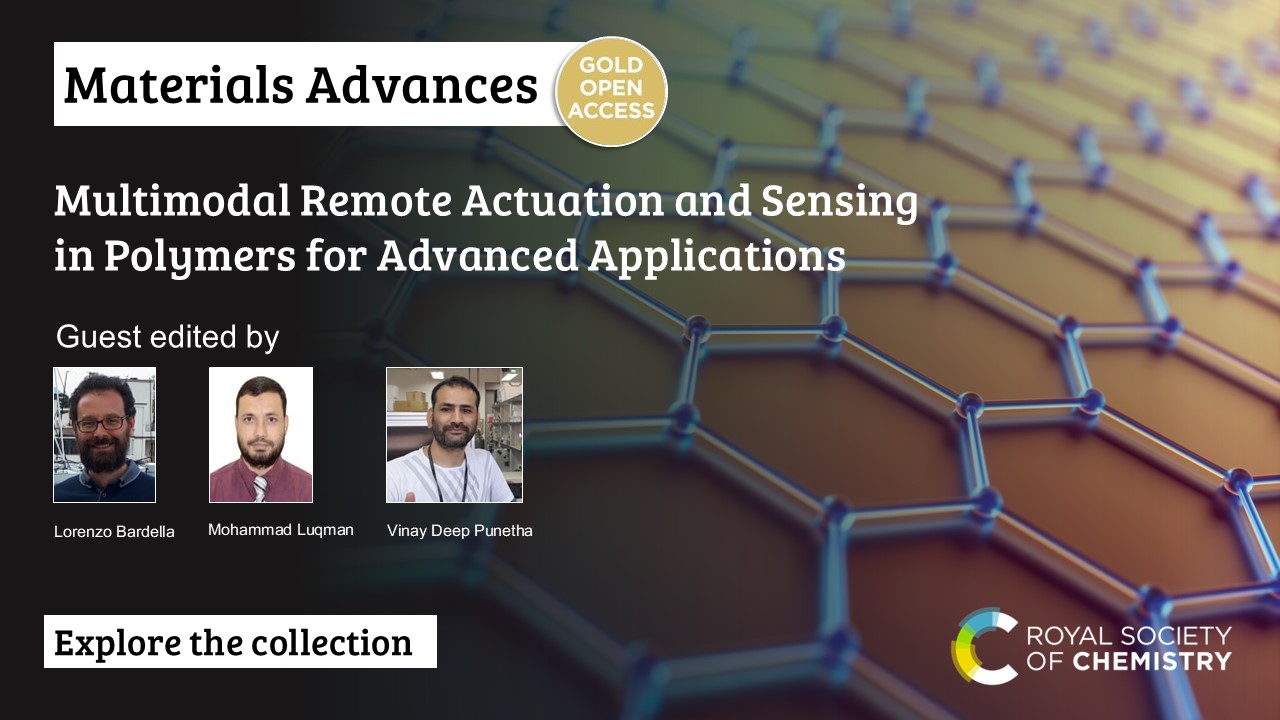Read the new collection in Materials Advances
We are delighted to introduce our new themed collection focusing on remote actuation in polymers.
Guest Edited by Lorenzo Bardella (University of Brescia, Italy),Mohammad Luqman (Taibah University, Saudi Arabia) and Vinay Deep Punetha (P P Savani University, India).
A message from the Guest Editors:
“Hopefully, readers will find these fascinating papers from diverse research domains enlightening, broadening the understanding of the extensive research on stimuli-responsive materials and inspiring new investigations on innovative applications for these versatile materials.”
A small selection of the papers are featured below:
 |
A multi-cation model for the actuation of ionic membranes with ionic liquids
Alain Boldini Mater. Adv., 2024,5, 5213-5230. DOI: 10.1039/D4MA00097H |
 |
High-performance transparent hybrid (ionic and dielectric) gel actuator system based on poly(vinyl chloride)/dibutyl adipate/ionic liquid gels operating at a low applied voltage
Naohiro Terasawa and Hirosato Monobe Mater. Adv., 2024,5, 4715-4719. DOI: 10.1039/D4MA00143E |
 |
Finely tuning the self-assembled architectures of liquid crystal polymers by molecular engineering: phase transitions derived from terminal group variations
Wenhuan Yao, Yanxia Wang, Lansheng Liu, Anzhi Ma, Jie Zhao, Zhengrui Ma, Lanying Zhang and Ruochen Lan Mater. Adv., 2024,5, 3450-3458. DOI: 10.1039/D3MA01185B |
We hope you enjoy reading the full themed collection here.
Did you know?
At Materials Advances, our themed collections are built by collaboration between our Guest Editors and expert Associate Editors. Our Guest Editors guide the scope and curate the contributions in our collections but all submissions are handled through peer review by our team of resident Associate Editors. This means that as an author you receive a consistent experience, and as a reader you can trust the quality of the science being presented.
If you have an idea for a topical collection in your research field, we’d love to hear from you! Get in touch here.












